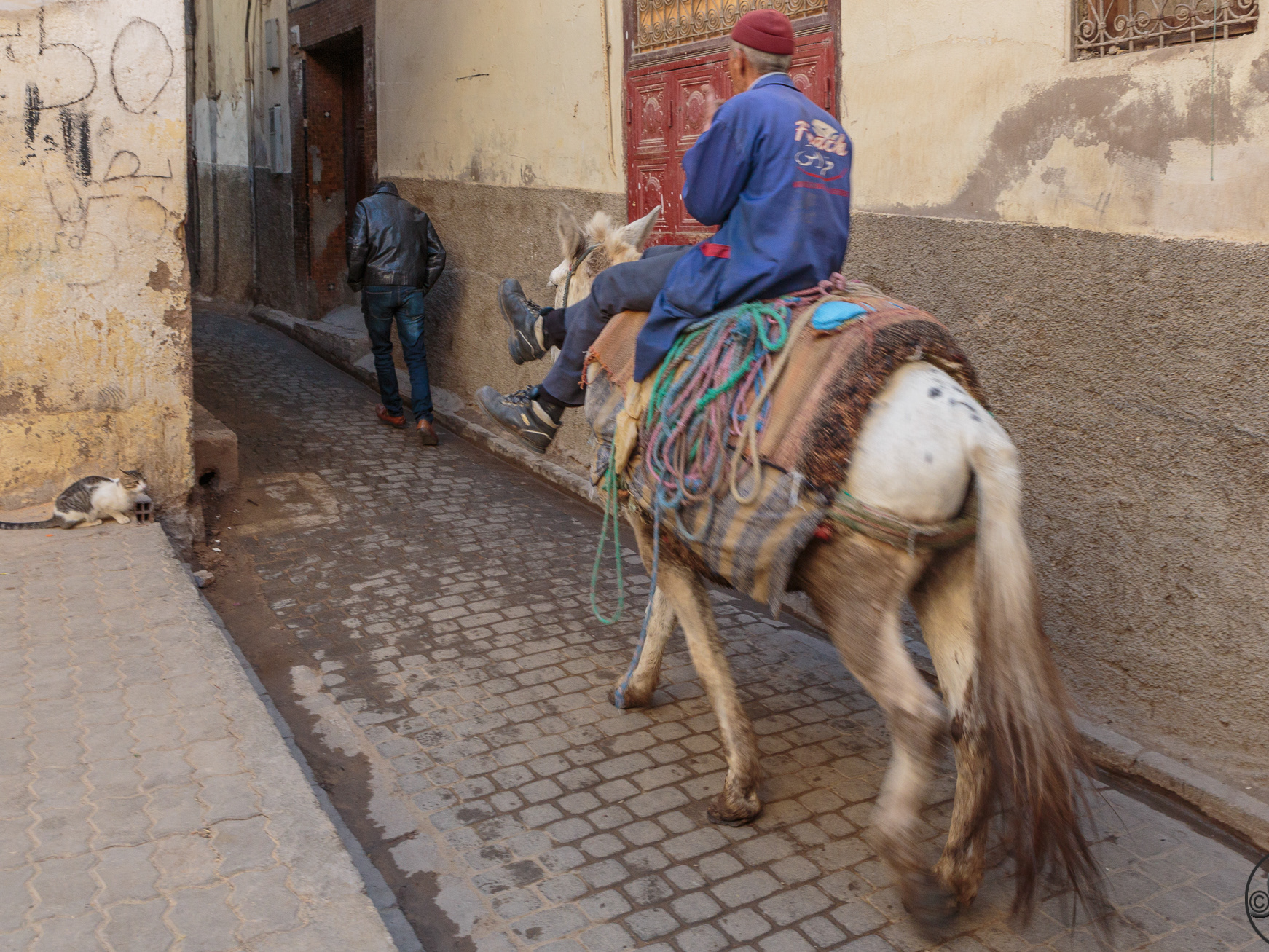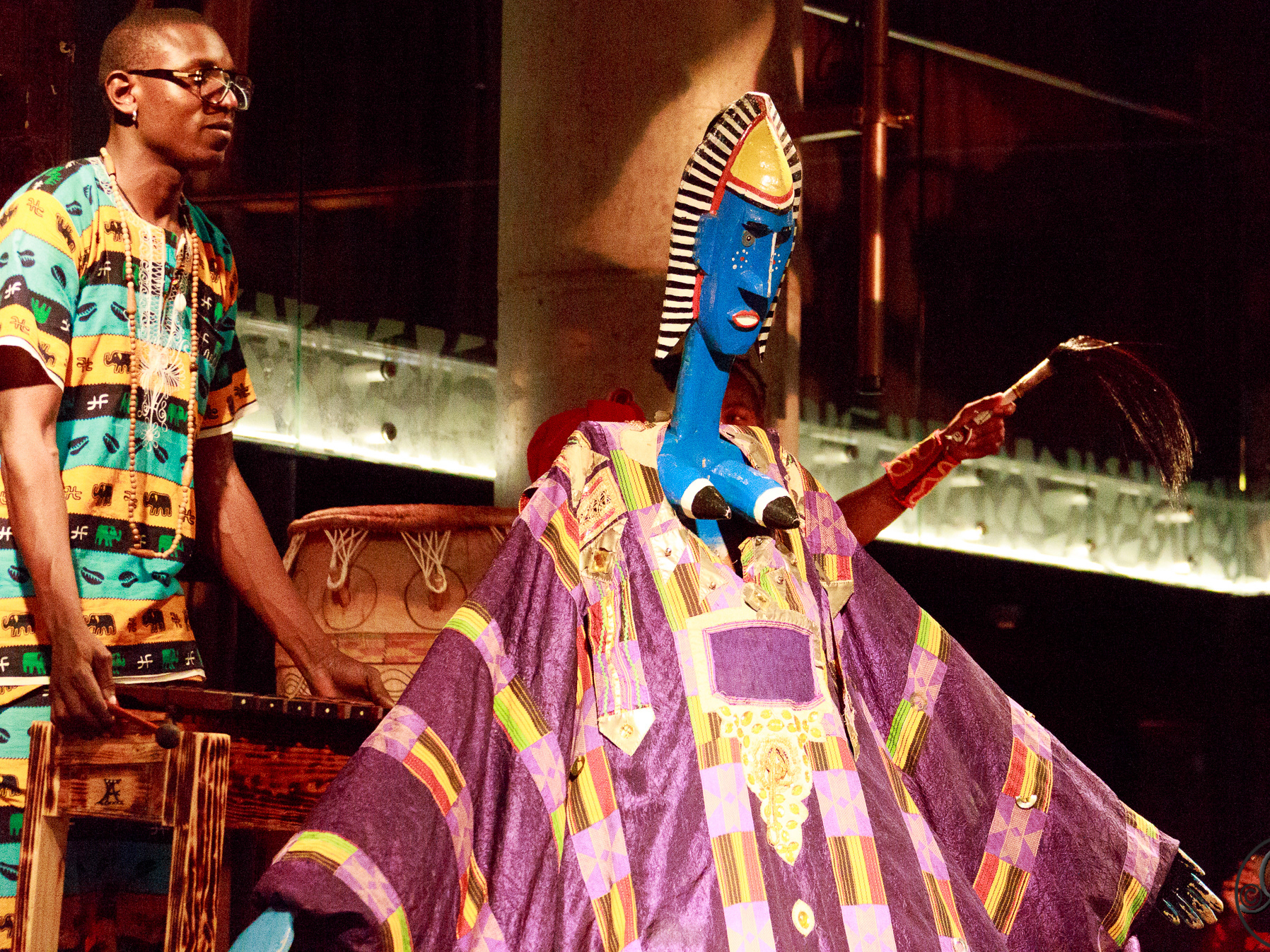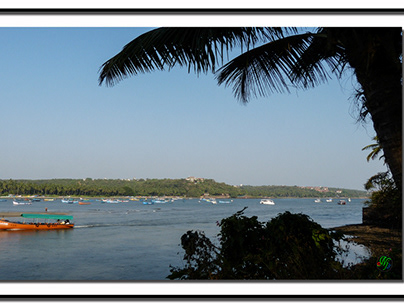İzmir - Turkey
İzmir (Turkish pronunciation: [ˈizmiɾ]) is a metropolitan city in the western extremity of Anatolia and the third most populous city in Turkey, after Istanbul and Ankara.[1][2] İzmir's metropolitan area extends along the outlying waters of the Gulf of İzmir and inland to the north across the delta of the Gediz River, to the east along an alluvial plain created by several small streams and to a slightly more rugged terrain in the south. The ancient city was known as Smyrna (Greek: Σμύρνη Smyrni [ˈzmirni]), and the city was generally referred to as Smyrna in English, until the Turkish adoption of the Latin alphabet in 1928 made "İzmir" the internationally recognized name. The city of İzmir is composed of several metropolitan districts. Of these, Konak district corresponds to historical İzmir, this district's area having constituted the "İzmir Municipality" (Turkish: İzmir Belediyesi) area until 1984, Konak until then having been a name for a central neighborhood around Konak Square, still the core of the city. With the constitution of the "Greater İzmir Metropolitan Municipality" (Turkish: İzmir Büyükşehir Belediyesi), the city of İzmir grouped together initially nine, and more recently eleven, metropolitan districts, namely Balçova, Bayraklı, Bornova, Buca, Çiğli, Gaziemir, Güzelbahçe, Karabağlar, Karşıyaka, Konak and Narlıdere. Almost all of these settlements are former separate district centers or neighborhoods, with their own distinct features and temperament. In an ongoing process, the Mayor of İzmir was also vested with authority over the additional district area reaching from Bergama in the north to Selçuk in the south, bringing the number of districts considered as being part of İzmir to twenty-one under the new arrangements, two of these having been only partially administratively included in İzmir. In 2014, İzmir had a population of 2,847,691, while İzmir Province had a total of 4,113,072. İzmir has almost 4,000 years of recorded urban history and possibly even longer as an advanced human settlement. Set in an advantageous location at the head of a gulf in a deep indentation midway along the western Anatolian coast, the city has been one of the principal mercantile cities of the Mediterranean Sea for much of its history. Its port is Turkey's primary port for exports in terms of the freight handled and its free zone, a Turkish-U.S. joint-venture established in 1990, is the leader among the twenty in Turkey. The workforce, and particularly its rising class of young professionals, is concentrated either in the city or in its immediate vicinity (such as in Manisa and Turgutlu), and as either larger companies or SMEs, affirm their names with an increasingly wider global scale and intensity.Politically, Izmir is considered a stronghold of the Republican People's Party. İzmir hosted the Mediterranean Games in 1971 and more recently the World University Games (Universiade) in 2005. A bid submitted to the BIE to host the Universal Expo 2015, in March 2008, lost to Milan. Modern İzmir also incorporates the nearby ancient cities of Ephesus, Pergamon, Sardis and Klazomenai, and centers of international tourism such as Kuşadası, Çeşme, Mordoğan and Foça. When the Ottomans took over İzmir in the 15th century, they did not inherit compelling historical memories, unlike the two other key points of the trade network, namely Istanbul and Aleppo. The emergence of Izmir as a major international port by the 17th century was largely a result of the attraction it exercised over foreigners, and the city's European orientation Info:Wikipedia










